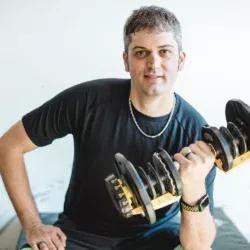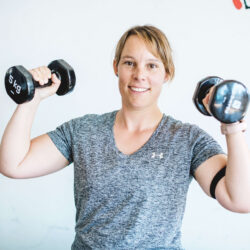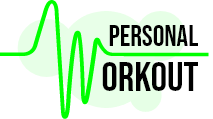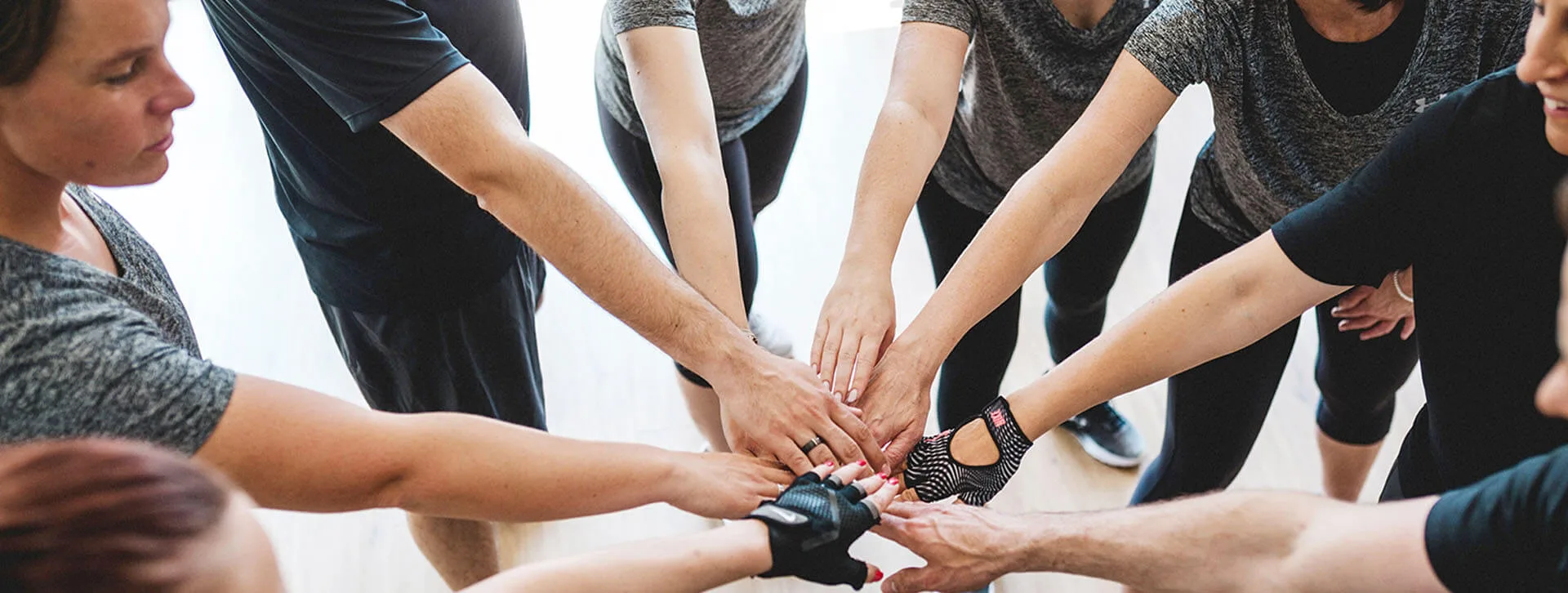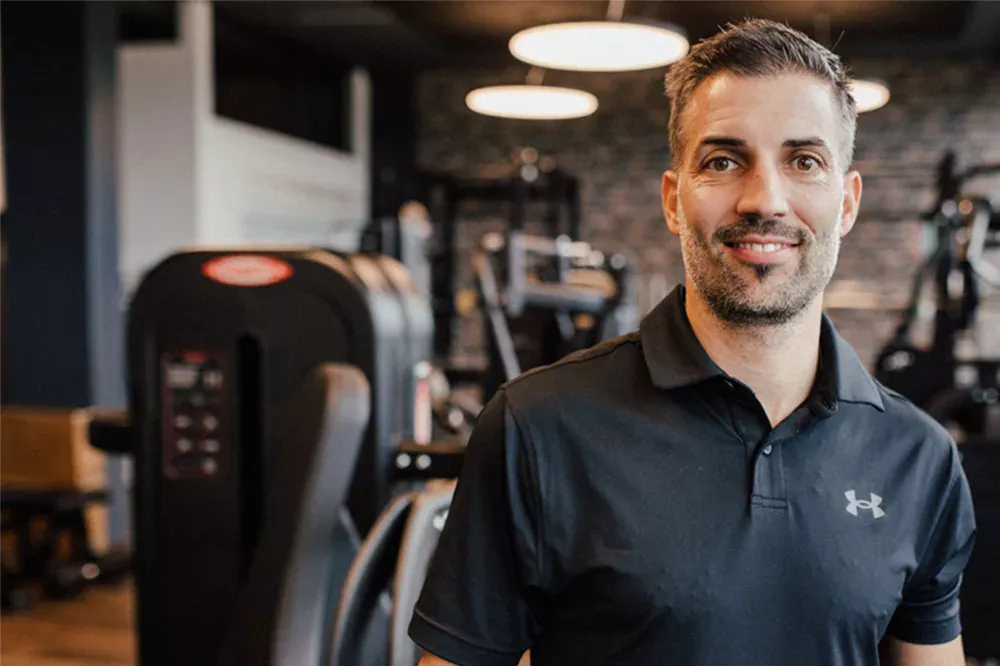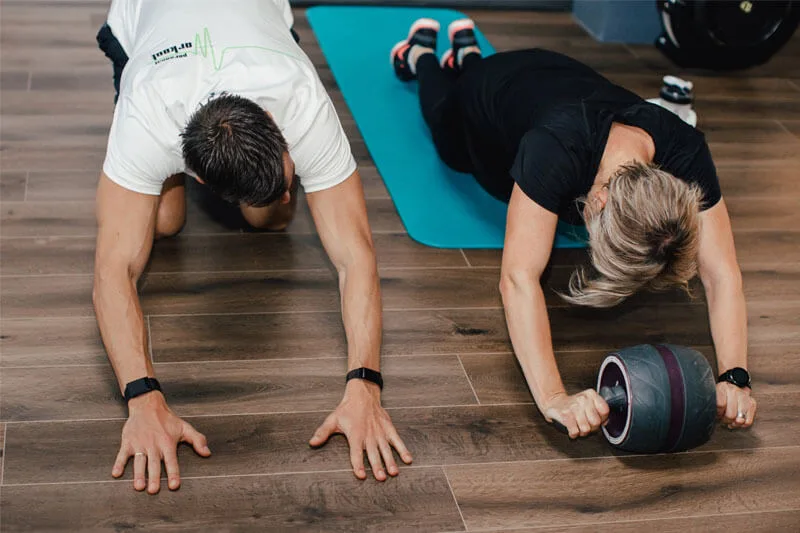Cold and Heat Exposure: Evidence-Based Benefits, Risks, and Practical Tips
Cold plunges and saunas have taken the wellness world by storm, with fans touting everything from quicker recovery to sharper mental clarity. Thanks to social media, these claims are often hyped up, making it tricky to separate fact from fiction. But what does science really have to say? In this article, we’ll dive into the evidence behind cold and heat exposure, debunk a few myths, and share some practical tips to help you get started safely and with confidence.
What Are Cold and Heat Exposure Practices?
Cold and heat exposure involve deliberately subjecting the body to extreme temperatures in a controlled manner, with the aim of promoting various health benefits.
Cold exposure typically includes practices like ice baths, cold plunges, or cryotherapy, which are thought to stimulate circulation, reduce inflammation, and enhance recovery after physical exertion.
Heat exposure, on the other hand, includes saunas, hot baths, or steam rooms, which are believed to help with detoxification, relaxation, and improving blood flow. These practices are often linked to a range of benefits such as improved physical recovery, enhanced mental clarity, better sleep, reduced stress, and even boosts to the immune system.
While both methods are rooted in ancient practices, their modern resurgence has led to widespread popularity in wellness circles, with proponents claiming that regular use can improve not only physical health but also mental resilience.
Cold Exposure
This practice typically involves short-term immersion or exposure to cold environments, including:
- Ice Baths: Immersion in ice water at temperatures between 2°C and 15°C.
- Cryotherapy: Sessions in cryo chambers reaching temperatures as low as -110°C.
- Cold Showers: A more accessible option for daily practice.
Heat Exposure
Heat-based practices involve environments with temperatures exceeding 70°C, such as:
- Traditional Saunas: High heat and low humidity.
- Steam Rooms: High humidity environments.
- Infrared Saunas: Use infrared light to heat the body directly.
Scientific Benefits of Cold and Heat Exposure
Cold Exposure
1. Metabolic Activation
- STUDY: A systematic review and meta-analysis from 2022 concluded that acute cold exposure increases energy expenditure, brown adipose tissue (BAT) volume and activity, and non-esterified fatty acids (NEFA) intake, suggesting its potential benefits in combating obesity.
- LIMITATION: Does this effect persist over time, or is it temporary? Most studies are short-term and do not explore the long-term sustainability of increased metabolism from cold exposure.
- It’s important to note that individual responses to cold exposure can vary, and repeated sessions may be necessary to observe significant changes in BAT activity and energy expenditure (You really don’t expect that ONE cold bath will magically melt the fat away… right?). Factors such as baseline BAT levels, overall health, and acclimatization to cold can influence outcomes. Therefore, while acute cold exposure has shown promise in increasing energy expenditure, the optimal protocol regarding duration, frequency, and temperature is still under investigation. As always, it’s advisable to consult with a healthcare professional before beginning any new health regimen.
2. Mental Health Improvements
- STUDY: A study from 2023 states that cold-water immersion can facilitate positive emotions and reduce negative ones. It has also identified neural mechanisms underlying these effects, suggesting that cold-water immersion may target specific mood states and have therapeutic effects.
- LIMITATION: The study’s limitations include a small sample size, short duration, reliance on self-reported data, lack of a control group, and absence of long-term follow-up, which all affect the generalizability and depth of the findings.
3. Inflammation Reduction
- STUDY (1): A systematic review and meta-analysis published in Sports Medicine in 2022 examined the effects of cold-water immersion (CWI) compared to passive recovery following strenuous exercise. The study found that CWI is more likely to positively influence muscular power performance, muscle soreness, serum creatine kinase levels, and perceived recovery.
- LIMITATION: The studies included in the review had different approaches, participant groups, and sample sizes. As a result, the findings may not be universally applicable or consistent across all situations.
- STUDY (2): On the hypertrophy topic, CWI it is already known for reducing inflammation, which can aid recovery but may also impair muscle growth. Studies show that CWI blunts mTOR signaling, reduces satellite cell activation, and limits hypertrophic adaptations by suppressing the natural repair process. While beneficial for soreness and endurance training, it can hinder strength and muscle mass gains. To maximize hypertrophy, avoid CWI immediately post-workout and allow inflammation to support muscle rebuilding.
- LIMITATION: The study’s limitations include its specific training protocols and short-to-moderate timeframe (12 weeks is not that long, let’s be honest), which may not reflect long-term adaptations in different populations. Additionally, individual responses to CWI can vary, and factors like water temperature, duration, and timing may influence its effects on hypertrophy.
Heat Exposure
We already said that saunas are the most popular form of heat exposure, but not all saunas work the same way. Traditional saunas heat the air around you, raising your body temperature through high ambient heat (usually 70–100°C), while infrared saunas use infrared light to penetrate the skin directly, warming the body at a lower temperature (40–60°C).
This allows for a more gradual heat exposure while still inducing sweating and potential benefits like relaxation and circulation improvement.
Some claim infrared saunas provide deeper detoxification and enhanced muscle recovery, but more research is needed. Stay tuned—we’ll be diving deeper into the science of infrared light in a future blog!
1. Cardiovascular Benefits
- STUDY: Regular sauna use reduces the risk of cardiovascular disease by 50%. A study published in The Lancet Public Health (2022) supported this with long-term data.
- LIMITATION: While the study found that people who used saunas frequently had a lower risk of heart disease, it doesn’t mean that saunas are definitely causing the lower risk. Other factors, like overall lifestyle or health habits, might also be influencing the results. So, while the connection is interesting, more research is needed to prove that sauna use directly leads to better heart health.
2. Cognitive Function
- STUDY: A study found that during exercise in hot environments, serum brain-derived neurotrophic factor (BDNF) concentrations increased, suggesting that BDNF may play a neuroprotective role in response to heat stress.
- LIMITATION: Other factors could influence BDNF levels including exercise intensity, individual fitness levels, sleep quality, nutrition, and overall health. These factors might also contribute to changes in BDNF concentrations, making it difficult to isolate the specific effects of heat stress alone.
3. Detoxification
- STUDY: One study found that sweating can facilitate the elimination of heavy metals like nickel (Ni), lead (Pb), copper (Cu), arsenic (As), and mercury (Hg) from the body. It suggests that sweating, induced by activities such as sauna use, may be an effective method for detoxification.
- LIMITATION: Sweat contains only trace amounts of heavy metals and toxins, so the overall contribution of saunas to detoxification is minor compared to liver and kidney function. Evidence for significant detoxification effects remains weak.
Dispelling Myths About Cold and Heat Exposure
Cold Exposure Myths
1. «Cold Exposure Always Boosts Immunity»
- Reality: While moderate exposure may enhance immune function, overexposure can stress the body and weaken immunity.
2. «Longer is Better»
- Reality: Prolonged exposure increases risks like hypothermia without added benefits.
Heat Exposure Myths
1. «Saunas Burn Fat»
- Reality: Saunas cause temporary weight loss through sweat, not fat burning.
2. «Detoxification is a Miracle Cure»
- Reality: While saunas aid toxin removal, the liver and kidneys are the body’s primary detoxifiers.
Who Should Avoid Cold and Heat Exposure
While cold and heat exposure can offer numerous benefits, they are not suitable for everyone. Certain populations should exercise caution or avoid these practices altogether due to specific health risks.
Cold Exposure
1. Individuals with Cardiovascular Conditions
- Sudden exposure to cold can cause rapid vasoconstriction, increasing blood pressure and potentially triggering cardiac events in people with pre-existing heart conditions.
2. People with Raynaud’s Disease
- Cold exposure can exacerbate symptoms of this condition, leading to painful episodes of restricted blood flow in extremities.
3. Those Prone to Hypothermia
- Elderly individuals or those with low body fat may not tolerate cold well and are at higher risk of developing hypothermia.
Heat Exposure
1. Pregnant Women
- High temperatures can pose risks to fetal development, particularly during the first trimester, due to increased core body temperature.
2. Individuals with Low Blood Pressure
- Heat exposure causes vasodilation, which can lower blood pressure further, leading to dizziness or fainting.
3. People with Kidney Issues
- Excessive sweating can lead to dehydration, placing additional strain on the kidneys.
The Combined Effects of Cold and Heat Exposure
Alternating between cold and heat exposure, often called contrast therapy, leverages the benefits of both practices. Research suggests that this method can enhance circulation by causing blood vessels to alternate between constriction (cold) and dilation (heat).
A study published in Scientific Reports in 2024 examined the immediate effects of compressive heat therapy (HT), cold therapy (CT), and alternating heat and cold therapy (HCT) on forearm muscle performance. The researchers found that all three therapies led to significant improvements in muscle strength and endurance, with HCT showing the most pronounced effects. This suggests that alternating between heat and cold exposure may be particularly effective for enhancing muscle performance.
However, according to the American Heart Association (Heart.org), sudden exposure to extreme temperatures can put additional strain on the heart, especially for those with pre-existing cardiovascular conditions, highlighting the importance of caution in such practices.
Getting Started Safely
So, now what?!
If you’re curious about how to safely dive into the world of sauna and ice plunges, here are references for the scientific recommendations related to these practices, including journals such as European Journal of Applied Physiology, Journal of Athletic Training, and American Journal of Cardiology.
- Start Gradually: For both sauna and ice plunges, it is crucial to begin with shorter sessions to allow your body to acclimate. Gradually increase the duration as your tolerance improves. For example, start with 5–10 minutes in a sauna and a brief ice plunge of 1–2 minutes.
- Monitor Your Body: Always listen to your body. If you feel dizzy, lightheaded, or uncomfortable, it’s important to stop the session immediately. Both extreme heat and cold can put stress on the cardiovascular system.
- Hydrate Properly: Sauna use can lead to dehydration due to sweating, and ice plunges can have a constricting effect on blood vessels. Ensure you drink plenty of water before and after each session to maintain hydration.
- Avoid Extreme Temperature Shocks: For beginners, it is recommended to avoid switching too rapidly between heat and cold. If practicing contrast therapy (alternating heat and cold), start with milder transitions, such as moving between lukewarm and cool water or a warm sauna and cool water exposure.
- Stay Safe with Health Conditions: People with cardiovascular or respiratory issues should consult a healthcare provider before starting sauna or ice plunge practices, as these activities can significantly increase heart rate and affect blood pressure.
- Limit Exposure Time: Studies suggest limiting sauna sessions to around 15–20 minutes at a time. For ice plunges, keep sessions brief (1–3 minutes), especially in cold water (below 50°F/10°C), to avoid the risk of hypothermia or cold shock.
- Post-Sauna Cooling: After a sauna session, it’s recommended to gradually cool down. This helps to prevent dizziness and cardiovascular stress.
- Regular, Consistent Practice: To experience the full benefits of sauna or ice plunges (such as improved circulation and muscle recovery), consistency is key. Aim to incorporate these practices into your routine 2-3 times per week, rather than as an occasional activity.
- Supervised Practice for Beginners: For individuals new to cold exposure or saunas, it’s best to have someone present during the first few sessions to monitor your response to the temperature extremes.
By following these scientifically supported guidelines, you can safely start incorporating saunas and ice plunges into your wellness routine while minimizing risks.
Conclusion
Cold and heat exposure practices can be powerful tools for enhancing recovery, boosting mental clarity, and supporting overall health. However, they must be approached with caution, particularly for those with underlying health conditions. By understanding the science and starting gradually, you can safely incorporate these practices into your wellness routine.
Key takeaway
While the scientific evidence on the benefits of cold and heat exposure is still limited, and there’s no definitive proof it will work miracles, many people swear by the feel-good factor it brings.
So, if you’re ready to embrace your inner ice-cube or sauna enthusiast, and it makes you feel awesome—why not give it a go? Just remember, listen to your body, and if it feels right, jump in (or out) and enjoy the ride. After all, who said wellness can’t be a little adventurous?
SOURCES
- https://pmc.ncbi.nlm.nih.gov/articles/PMC9273773/
- https://pubmed.ncbi.nlm.nih.gov/36829490/
- https://link.springer.com/article/10.1007/s40279-022-01644-9
- https://pubmed.ncbi.nlm.nih.gov/26174323/
- https://pubmed.ncbi.nlm.nih.gov/30486813/
- https://pubmed.ncbi.nlm.nih.gov/38130657/
- https://pmc.ncbi.nlm.nih.gov/articles/PMC8998800/
Challenge of the Month
What Clients Say

